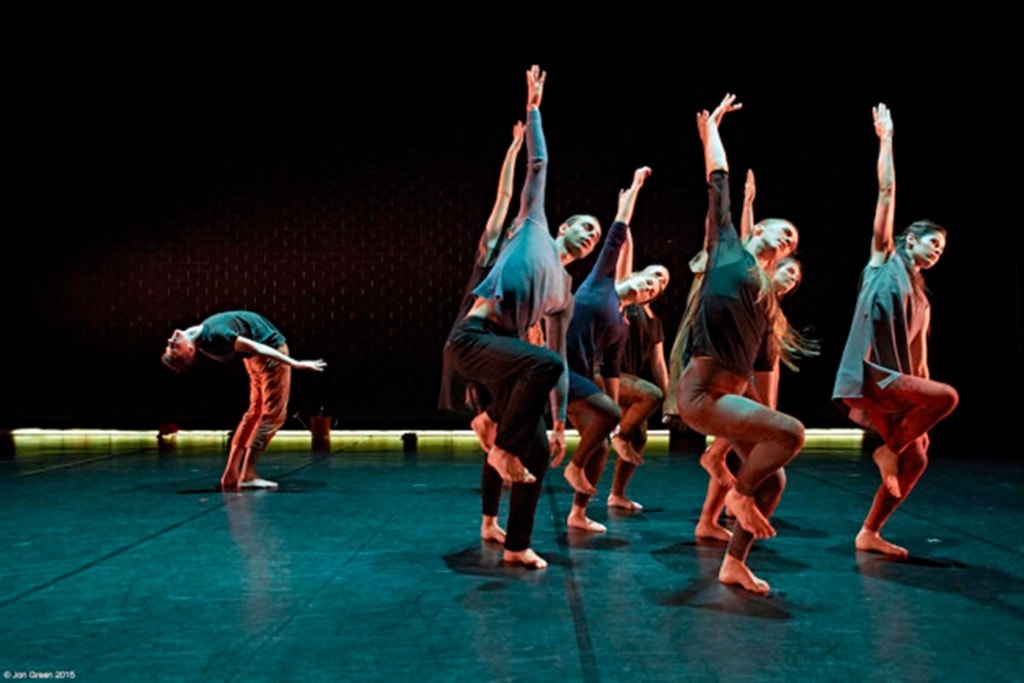
Level 3 Printmaking
Level 3
This course is aimed at current art students with experience and students who want to develop their creativity without much prior experience. This means that Print class will support all the students to take risks and learn new skills, getting students to share knowledge so that their capabilities really are stretched. It is an active class of making using hand-made print techniques like woodcut and dry-point etching as well as creating digital prints in Photoshop. The level of challenge will grow as students refine techniques and ideas over the course of the year. Adding in critique and references to art history and contemporary art into their work and supporting others to develop and extend their ideas. Students will develop skills in group critique. In Level 3 Printmaking students will participate in real world learning by exhibiting and entering competitions outside of their course work and may even work with established New Zealand printmakers in workshops or in exhibitions. The Forest has the Blues Project in 2018 and 2019 are an example of this. Students will visit art galleries or museums and use this experience to develop ideas for their own artworks. Students will develop a productive identity as a learner: they will take initiative, developing mastery of skills and theme ideas to move their work on to increasingly complex compositions. They will lead their own learning journey and “stand on their own two feet” as learners. Students in Printmaking will develop clear communication, for building responsive and reciprocal relationships with the other members of the class, and develop cross-cultural competencies as they nurture, critique and support others to make their artistic visions come to life. Students will become kind, organised, collaborative and thoughtful citizens when they share the print studio and resources. Managing the space so it is clean and tidy for others to carry on working. Student will build confidence as they quickly go from novice to expert in print techniques like screen printing, mono-printing, mezzotint, etching serigraphy and pronto-plate.
Making prints causes you to think in stepped layers, backwards and in a procedural ways. A kind of visual computational thinking. On top of this students are also advancing thematic ideas and using compositional ideas from historical and contemporary artists. Students research deeply and broadly, gathering inspiration from life, family, culture, books, film, music, poetry, advertising and visual culture. The processes of thinking and developing ideas is exploratory and experimental working from the gut and emotion as well as intellectual and lateral thought.
Course Information
What Knowledge Will I Develop?
In year 13 printmaking will start the year working on a 3.5 collaborative class project for exhibition. During the first term, students will select and research and collect resources and images for a theme that they are passionate about and make this the focus for the year in Printmaking. They will develop their theme using drawing and printmaking processes to create original sequences of artworks. Adding to the print techniques that students have used from year 9 upwards, they will learn new techniques in printmaking both relief (woodcut, lino cut, reduction woodcut, multi block wood cut, laser cut woodblock, rubber stamps, stencilling and collographs) and intaglio processes (dry-point etching, acid etching, salt etching, aquatinting, mezzo-tinting, collographs and mono printing). Students can also use photographic print processes like photograms, cyanotype, serigraphy and Photoshop to make digital prints. Students can combine print techniques in different layers of their work. The internals are made up of research, art models emulations, experiments and series of finished artworks. These lead to the three-board folio which showcases the development of the student’s techniques, theme and ideas over the course of the whole year. They will learn to clarify ideas, making works that fits with contemporary art-making practice. Students may also choose to incorporate installation, photography, design and performance into their print work. Students who work independently and show great ideas and techniques will be encouraged to attempt the Scholarship print exam which consists of the folio and 8 A3 pages that document the student’s art making journey of experimentation, research and processes.
How Will The Course Contribute To My Qualification?
| Code | Title | Credits | Internal | External | Core | Optional | L1 Literacy | L1 Numeracy | UE Reading | UE Writing | Date |
|---|---|---|---|---|---|---|---|---|---|---|---|
| 91458v2 | Produce a systematic body of work that integrates conventions and regenerates ideas within printmaking practice | 14 | y | y | 04-11-2021 | ||||||
| 91453v2 | Systematically clarify ideas using drawing informed by established printmaking practice. | 4 | y | y | 06-09-2021 | ||||||
| 91448v2 | Use drawing to demonstrate understanding of conventions appropriate to printmaking | 4 | y | y | 06-09-2021 | ||||||
| 91460v2 | Produce a resolved work that demonstrates purposeful control of skills appropriate to a visual arts cultural context | 4 | y | y | 10-05-2021 |
Entry Requirements
Course Related Costs
Companion Subjects
Subject Combination Notes
Students must seek HOD approval if considering more that two practical art subjects at Level 3



